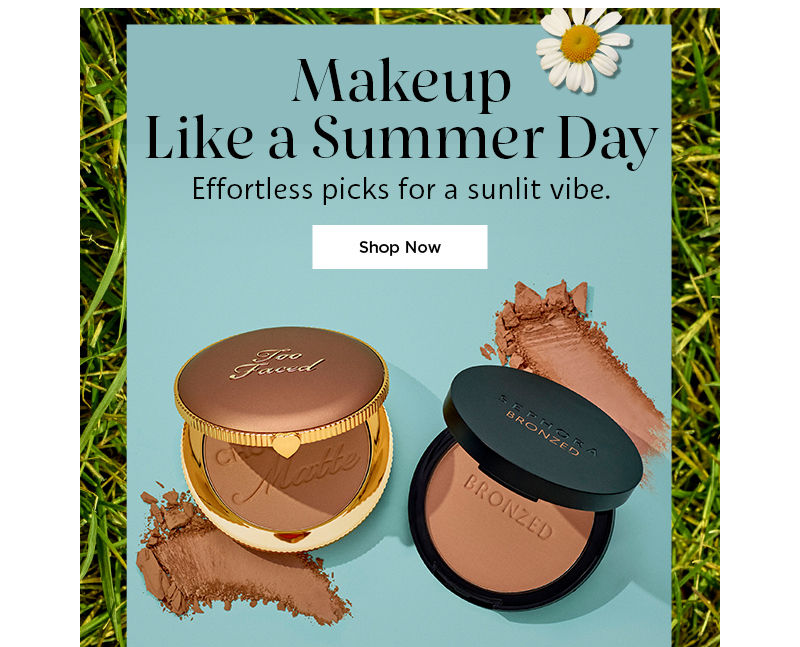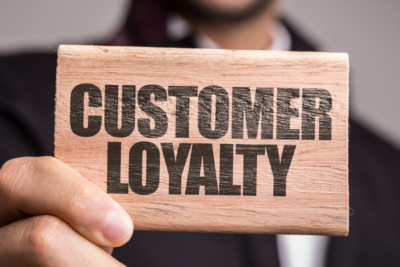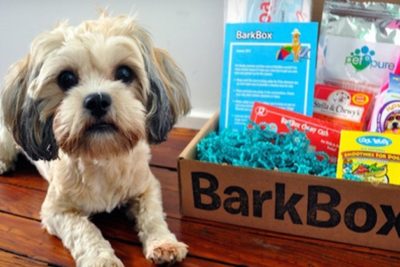Retail and beauty brands continue to pair up like eyeshadow and mascara, and retailers are promoting their new alliances with dedicated email campaigns.
Brand-retail partnerships build store traffic and high-value beauty categories for stores, while giving brands access to new marketers without investing in new facilities or supply logistics.
Retail brands also give their beauty partnerships greater exposure through co-branded promotions, such as email campaigns that go out to 1 million subscribers or more with every send. In this post we’ll feature Kohl’s and Target, which use email to boost their beauty partnerships and give customers even more reasons to click and convert.
It all started in 2009 when a partnership between Sephora and JCPenney upended the traditional department store beauty counter model. Sephora set up mini shops inside JCPenney stores and filled them with a selection of the premium brands it carries in its mall and freestanding locations.
Now Sephora is moving its in-store format from JCPenney to Kohl’s, while Target is remodeling stores to accommodate ULTA Beauty, complete with branding and an edited selection of cosmetics.
Beauty brand email snapshot
Beauty brands are somewhat more aggressive with email campaigns than others in the MailCharts Index, both in frequency and promotion rate.
Brands in MailCharts’ Beauty & Personal Care industry group send an average 4.31 campaigns per week, which is down three percent from 2021 but still above the median frequency of 2.9 campaigns per week.
On average, 52 percent of emails sent by beauty brands include a promotion like a percentage discount, dollars off, or free shipping. That’s up 7.4 percent over 2021 and higher than the median promotion rate (39 percent) in the MailCharts Index.
How email benefits brands in retail partnerships
Besides leveraging each other’s brand equity and markets, beauty brands can tap into retailers’ larger promotional universe.
Email data from Beauty & Personal Care brands in the MailCharts Index also highlight the benefits a retail partnership can drive for brands like Sephora and ULTA. For example, they gain more frequent exposure in co-branded email campaigns.
Kohl’s sends an average 7.4 email campaigns weekly, while Sephora sends an average 1.74. Kohl’s often includes a link to its Sephora site in its daily campaigns or dedicates an entire campaign to Sephora promotions, as in the email at left, below.
Target usually includes an ULTA promotion in its weekly campaigns (1.05 on average per week), as in the image at right, below.

MailCharts Pro members can research email campaigns and data on these and other retail partnerships, such as Casper and Bed Bath & Beyond, or Toys “R” Us and Macy’s, and compare email strategies and tactics for their own campaign planning.
Not a member yet? Join for free!



